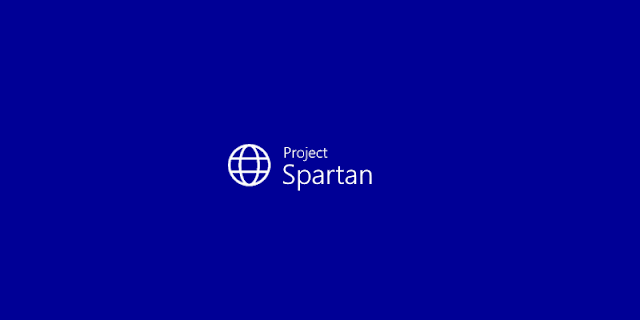India’s Mars Orbiter Mission (MOM) Explained
The Mars Orbiter Mission (MOM), also called Mangalyaan or 'Mars craft' is the orbiter launched by the Indian Space Research Organization (ISRO). It is based on a derivative of ISRO’s I-1K satellite bus.
The launch into the Earth’s orbit was conducted on 5 November 2013, and the mission has been successful with the satellite entering the Mars orbit on 24 September 2014.
Objectives of the Mission:
· To find traces of Methane (CH4) on Mars.
· Identifying the reason for escape of atmospheric gases on Mars.
· Finding traces of life on Mars.
. Learning the morphology and mineralogy of Mars.
Mission Launch:
The mission was launched using the 4 stage C25 Polar Satellite Launch Vehicle (PSLV) rocket at 14:38 IST on 5 November 2013 from the First Launch pad at Satish Dhawan Space Centre SHAR, Sriharikota, Andhra Pradesh, India.
Post Launch Procedure:
The satellite was launched into a highly elliptical orbit around the Earth. The reason for the same is that at the Apogee of the orbit the craft gets pulled towards the Earth & there is an acceleration as it approaches the Perigee. (Apogee is the farthest point in the orbit from the central body & Perigee is the closest point in the orbit. All this is within the sphere of influence / gravitational pull of the planetary body, in this case).
The acceleration due to gravitational pull as the craft reaches its perigee is furthered by using the rocket's firing at the point of maximum acceleration. This increased velocity pushes the craft into an even more elliptical orbit. There are seven more rocket burns that sets the craft out of the Earth’s sphere of influence. The craft now has the Escape Velocity (the velocity required to escape the gravitational sphere of influence of Earth).
The whole procedure took around 30 days.
The whole procedure took around 30 days.
Trip from Earth to Mars:
Similar to the sphere of influence of Earth, there is a much stronger sphere of influence of the Sun that keeps the planets, asteroid belts, etc. in position in our Solar System.
When the Earth, Sun and the Mars are at an angle of approx 44⁰ (an event that takes 780 days to repeat), the craft is released at an orbit tangential to the Earth, to reach Mars. This is called the Trans-Mars Injection.
If we had dozed off in November 2014 then we would have been looking at January of 2016 for the next launch window.
If we had dozed off in November 2014 then we would have been looking at January of 2016 for the next launch window.
This concluded the Geocentric phase of the mission on 30 November 2013.
The Trans-mars injection causes the craft to move in an orbit around the Sun due to its sphere of influence. The craft would continue to move in the orbit until an external force is applied on it as per Newton’s First Law of Motion (an object continues to move at a constant velocity in the same direction unless acted upon by an external force).
An external force is used to correct the trajectory of the craft to route it to Mars. This force applied by firing the rocket is called Trajectory Correction Maneuver.
This concluded the Heliocentric phase of the mission on 22 September 2014
Entry to Mars Orbit:
The craft nears the Mars orbit / the sphere of influence of Mars. On nearing it, the craft is decelerated so that it is gently placed into the orbit and does not crash in or fly by. These maneuvers are carried out by the rocket's firing as well.
This completed the mission of inserting the craft into the Mars Orbit on 24 September 2014. This last phase of the mission is the Areocentric phase.
The reason for the usage of this plan:
MOM used a much longer tangential orbital of 680 million kilometers (known as Hohmann Transfer). The reason for not firing off quickly and directly via the shortest distance from Earth to the Red Planet ie. 54.6 million kilometers is:
- The amount of fuel required to fire off to Mars is much higher in comparison.
- The maneuvers required to decelerate the probe are complicated and again requires a much higher amount of fuel.
What was sent to Mars on this mission:
The mission carries 15 kg of scientific payload consisting of five instruments:
For Atmospheric studies
• Lyman-Alpha Photometer (LAP) – a photometer that measures the relative abundance of deuterium and hydrogen from Lyman-alpha emissions in the upper atmosphere. Measuring the deuterium/hydrogen ratio will allow an estimation of the amount of water loss to outer space.
• Methane Sensor For Mars (MSM) – will measure methane in the atmosphere of Mars, if any, and map its sources.
For Particle environment studies
• Mars Exospheric Neutral Composition Analyser (MENCA) – is a quadrupole mass analyser capable of analyzing the neutral composition of particles in the exosphere.
For Surface imaging studies
• Thermal Infrared Imaging Spectrometer (TIS) – will measure the temperature and emissivity of the Martian surface, allowing for the mapping of surface composition and mineralogy of Mars.
• Mars Colour Camera (MCC) – will provide images in the visual spectrum, providing context for the other instruments.







Comments
Post a Comment